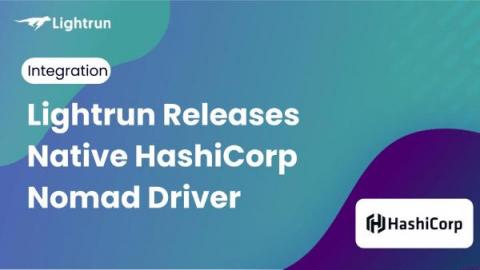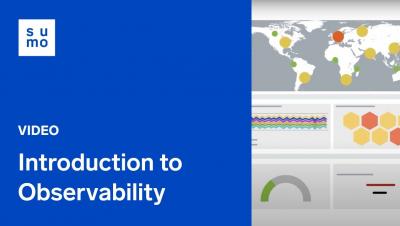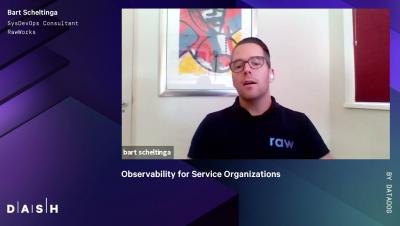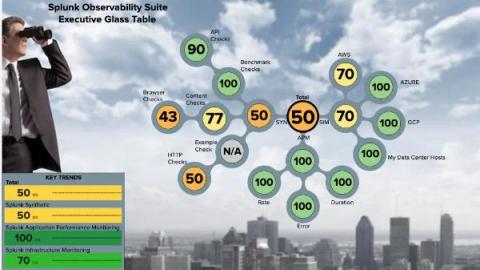Operations | Monitoring | ITSM | DevOps | Cloud
Observability
The latest News and Information on Observabilty for complex systems and related technologies.
How Freshly is Scaling Business Metrics Observability with AI
Anodot recently took part in the 2021 Data Agility Day, an event dedicated to examining how organizations are extracting value from data. CEO and Co-Founder David Drai was joined by David Ashirov, VP of Data at Freshly, where he has worked to build a data stack that departments across the company could leverage to drive business. Ashirov is a senior executive with two decades of experience in data engineering, business intelligence, and marketing.
Developers Can Now Debug Running Nomad-Orchestrated Applications Using Lightrun
In basically every modern software organization, building software is not just a matter of writing code – it’s a matter of testing it to ensure it works properly, a matter of creating artifacts out of it that can be used by the end customers, and a matter of deploying them to a customer-accessible location for these customers to be able to actually use it.
Introduction to Observability
Kubernetes Monitoring Resources
Heaven knows we all could use some luck these days, and observability may be just the thing we need. But observability isn’t luck, and it isn’t really new either. A few people even know that observability is an aspect of control theory, which dates back to the 1800s! In this blog post, I’ll cover some of the history of observability vs.
Introducing Cloud Native Observability
The term ‘cloud native’ has become a much-used buzz phrase in the software industry over the last decade. But what does cloud-native mean? The Cloud Native Computing Foundation’s official definition is: From this definition, we can differentiate between cloud-native systems and monoliths which are a single service run on a continuously available server. Like Amazon’s AWS or Google Azure, large cloud providers can run serverless and cloud-native systems.
LMA 2: Reimaginging observability with MicroK8s and Grafana, Prometheus and Grafana Loki
Juju re-imagines the world of operating software securely, reliably, and at scale. Juju realizes the promise of model-driven operations. Excellent observability is undeniably a key ingredient for operating software well, which is why the Charmed Operator ecosystem has long provided operators the ability to run a variety of open source monitoring software. We collectively refer to these operators as the Logs, Metrics, and Alerts (LMA) stack.
Democratizing Delivery: Seamless Observability for Optimal Application Performance |Ekim Maurer(NS1)
Observability for Service Organizations | Bart Scheltinga (RawWorks)
We're Making Observability Available in Splunk Enterprise!
For you, one or more of these statements (and / or challenges) likely apply to you, and the organization for which you work. Which of these are you hearing or saying? Splunk can help you with these in many ways. Today, I am highlighting one way to address many of these statements, specifically with the Content Pack for Splunk Observability Cloud.











